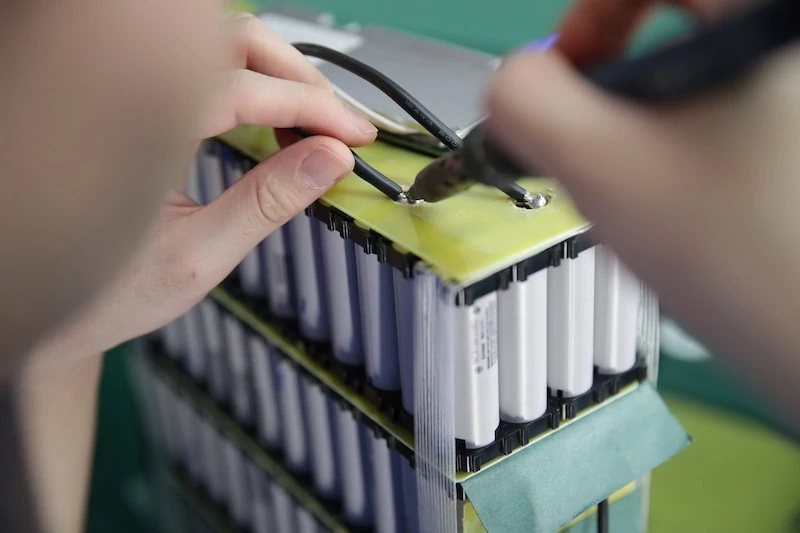Classification: crystalline silicon panels: polycrystalline silicon solar cells, monocrystalline silicon solar cells.
Solar panels amorphous silicon panels: thin film solar cells, organic solar cells.
Chemical dye panels: dye-sensitized solar cells.
(1) Monocrystalline silicon solar cells
Monocrystalline silicon solar cells photoelectric conversion efficiency of about 15%, the highest reached 24%, which is the highest photoelectric conversion efficiency of all types of solar cells, but the production cost is so large that it can not be a large number of widespread and universal use. As monocrystalline silicon is generally encapsulated with toughened glass and waterproof resin, it is robust and durable, with a life expectancy of 15 years in general and up to 25 years.
(2) Polycrystalline silicon solar cells
The production process of polycrystalline silicon solar cells is similar to that of monocrystalline silicon solar cells, but the photoelectric conversion efficiency of polycrystalline silicon solar cells is much lower, with a photoelectric conversion efficiency of about 12% (Sharp Japan listed on July 1, 2004 with an efficiency of 14.8% of the world’s highest efficiency polycrystalline silicon solar cells). In terms of production costs, it is somewhat cheaper than monocrystalline silicon solar cells, easier to manufacture materials, save electricity consumption, the total production cost is lower, and therefore has been developed in large numbers. In addition, the service life of polycrystalline solar cells is shorter than that of monocrystalline solar cells. In terms of performance to price ratio, monocrystalline silicon solar cells are also slightly better.
(3) Amorphous silicon solar cells
Amorphous silicon solar cells is a new type of thin-film solar cells appeared in 1976, it is completely different from monocrystalline silicon and polycrystalline silicon solar cells, the process is greatly simplified, silicon material consumption is very little, electricity consumption is lower, it is an important advantage is in the low light conditions can also generate electricity. However, the important problem of amorphous silicon solar cells is the low photoelectric conversion efficiency, the international advanced level is about 10%, and is not stable enough, with the extension of time, its conversion efficiency decay.
(4) Multi-compound solar cells
Multi-compound solar cells refer to solar cells not made of single element semiconductor materials. Countries research a variety of species, most have not yet industrial production, the following are important: a) cadmium sulfide solar cells b) gallium arsenide solar cells c) copper indium selenium solar cells (new multi-band gap gradient Cu (In, Ga) Se2 thin film solar cells)
Cu(In,Ga)Se2 is an excellent solar absorbing material with a gradient energy band gap (energy level difference between conduction band and valence band) of multiple semiconductor materials, which can expand the solar absorption spectral range and thus improve the photoelectric conversion efficiency. Based on it, thin-film solar cells can be designed with significantly higher photovoltaic conversion efficiency than silicon thin-film solar cells. The photovoltaic conversion rate that can be achieved is 18% and, so far, no light radiation-induced performance degradation effect (SWE) has been detected in these thin-film solar cells, which have a photovoltaic conversion efficiency that is approximately 50-75% higher than that of commercial thin-film solar panels.
